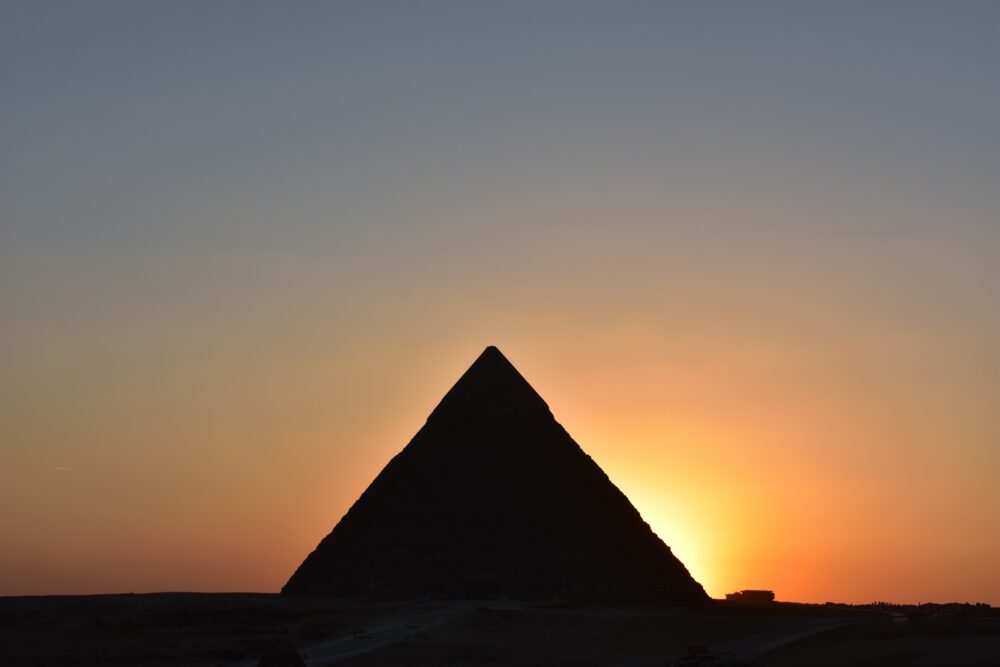
Did You Know? Fascinating Facts from Around the World
Lets learn and have fun learning together y’all!
- Household Dust: Dead skin cells are a main ingredient in household dust. According to researchers at Imperial College London, humans shed around 200 million skin cells each hour, and they have to go somewhere when we’re indoors.
- Sudan’s Pyramids: Sudan has more pyramids than any country in the world. While Egypt has 138 pyramids, Sudan boasts around 255.
- World’s Smallest Mammal: The bumblebee bat, also known as Kitti’s hog-nosed bat, is the world’s smallest mammal, weighing just 0.05 to 0.07 ounces.
- Length of the Circulatory System: The human circulatory system, including veins, arteries, and capillaries, stretches for more than 60,000 miles, with adult bodies housing approximately 100,000 miles of blood vessels.
- Africa Spans Four Hemispheres: Africa is so massive that it spans all four hemispheres and covers nearly 12 million square miles.
- Cornea Without Blood Vessels: The cornea is one of only two parts of the human body without blood vessels, making it unique in its structure.
- First Animated Feature Film: The world’s first animated feature film, “El Apóstol,” was made in Argentina 20 years before Disney’s “Snow White and the Seven Dwarfs.”
- Origin of German Chocolate Cake: German chocolate cake was invented in Texas and named after Sam German, who created a special chocolate bar.
- Marla Gibbs’ Dual Career: Marla Gibbs continued to work as a flight attendant for American Airlines for two years after being cast on a hit TV show.
- The Philippines’ Numerous Islands: The Philippines consists of a whopping 7,641 islands, not including sandbars and other landforms that emerge during low tide.
- Trans-Siberian Railway Bridges: A one-way trip on the Trans-Siberian Railway involves crossing an impressive 3,901 bridges.
- Original Golden Girls Theme Song: The Golden Girls was originally going to have a different theme song, “Friends” by Bette Midler, before it became the iconic show we know today.
- Earth’s Gold Reserves: There’s enough gold inside Earth to coat the entire surface of the planet in 1.5 feet of gold.
- Cleveland’s Historical Population: In 1920, Cleveland, Ohio, was the fifth-largest city in the United States, according to census data.
- Limited Usable Freshwater: Despite Earth’s surface being covered by 71% water, humans can use only 0.007% of it due to the limited availability of freshwater.
- Wally Amos’ Influence: Wally “Famous” Amos was responsible for making artists like Simon & Garfunkel famous before he became known for his chocolate chip cookies.
- Origin of the Name “Spam”: The brand name “Spam” is a combination of “spice” and “ham.”
- Mississippi River Journey: It takes a single drop of water approximately 90 days to travel the entire length of the Mississippi River, which spans 2,340 miles.
- Arsenic for Skin Improvement: In the late 19th century, people once consumed arsenic to improve their skin, with products like “Safe Arsenic Complexion Wafers.”
- First Ellis Island Arrival: The first person processed at Ellis Island on its opening day was a 15-year-old girl named Annie Moore from Ireland.
- Japan’s Vending Machines: Japan boasts one vending machine for every 40 people, with a wide range of products available, including beverages, ice cream, noodles, and more.
- Floating Lemons, Sinking Limes: Limes are denser than lemons, causing them to sink to the bottom of a glass while lemons float at the top.
Here are a couple of paragraphs expanding on a few of these interesting facts
The Human Circulatory System: Did you know that if you were to stretch out all the veins, arteries, and capillaries in a human body, they would collectively measure over 60,000 miles? That’s longer than the circumference of the Earth! By the time we reach adulthood, our bodies have become home to approximately 100,000 miles of blood vessels. It’s a mind-boggling network responsible for transporting oxygen, nutrients, and waste throughout our bodies. This incredible system ensures that every cell gets what it needs to function properly, highlighting the marvel of human biology.
Sudan’s Pyramids: When we think of pyramids, Egypt usually comes to mind, but it might surprise you to learn that Sudan actually boasts more pyramids than any other country in the world. While Egypt is famous for its 138 pyramids, Sudan’s pyramid count dwarfs that number with around 255 of these ancient marvels. These Sudanese pyramids, largely concentrated in an area known as the ancient Kingdom of Kush, offer a glimpse into a rich and often overlooked history. They serve as a testament to the advanced civilizations that once thrived in this region, demonstrating the enduring legacy of Africa’s past achievements.
Areas We Serve

Zipcodes in Tarrant county Texas Pride Heating & Air covers.
76244 76262 76014 76001 76002 76003 76004 76005 76006 76007 76008 76009 76010 76011 76012 76013 76014 76015 76016 76017 76018 76019 76020 76021 76022 76034 76036 76039 76040 76051 76052 76053 76054 76060 76063 76092 76094 76095 76096 76099 76101 76102 76103 76104 76105 76106 76107 76108 76109 76110 76111 76112 76113 76114 76115 76116 76117 76118 76119 76120 76121 76123 76124 76126 76127 76131 76132 76133 76134 76135 76136 76137 76140 76140 76147 76148 76155 76161 76162 76163 76164 76177 76178 76179 76180 76181 76182 76185 76244 76248






